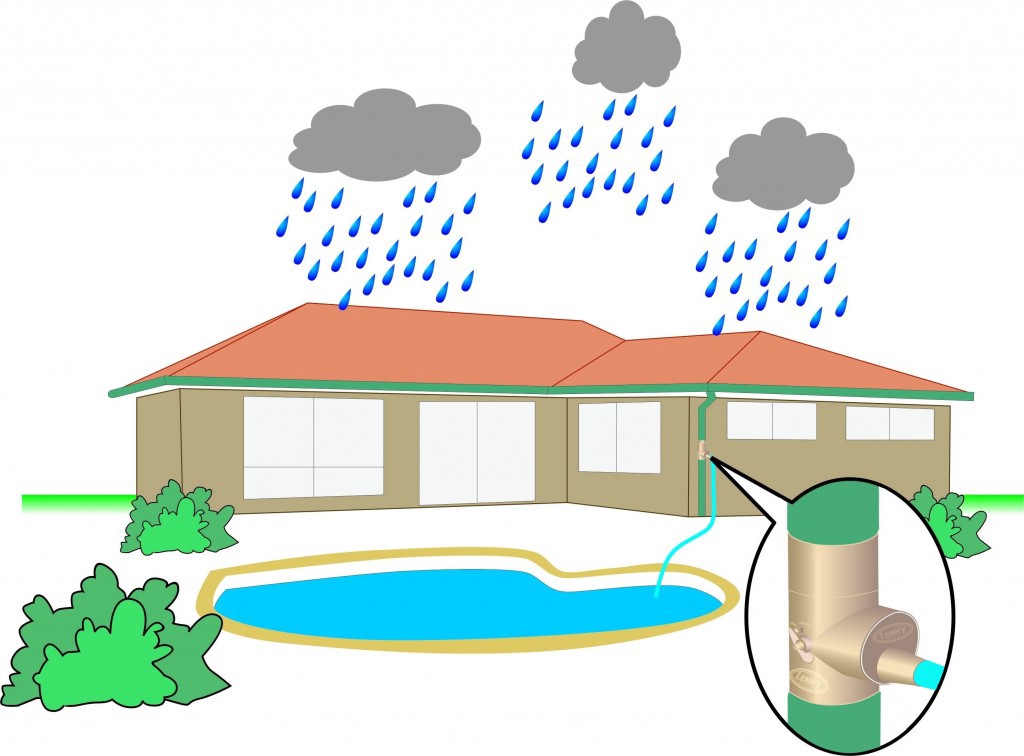Apartments are mushrooming all over the city. Most of the people want to shift from individual houses to apartments for many reasons. Water is one of the main reasons for their migration. Apartments are planned and built with the basic amenities for residents. The builders carefully design the infrastructure and invest in sustainable technology such as Rainwater Harvesting. Mostly, all realtors mainly concentrate on this technology because water scarcity is not new to Chennai. Here we discuss how rainwater harvesting methods help apartment residents and solve the water issue.
Rainwater Harvesting
It is a simple method of collecting and preserving rainwater without letting it runoff. The rainwater is collected in pits on the rooftops, ground, and in many other places. The accumulated water is then redirected into the bore wells, or tanks for percolation. Rainwater harvesting becomes an increasingly important method for water conservation in apartments. Preserved water through rainwater harvesting method can be used at the time of drought.
Types of Rainwater harvesting
The rooftop rainwater harvesting & surface run-off rainwater harvesting techniques are commonly used. However, rooftop rainwater harvesting is more popular in apartments because it is less expensive and easy to execute. This method can be easily applied in apartments provided the rooftop should have enough place to accumulate the rainwater. GP homes, a well-renowned builder who completed many successful projects used to install rooftop rainwater harvesting system for water harvesting in apartments.
In the rooftop rainwater harvesting method, the water is collected from the rooftops and it reaches a storage unit or sump through a pipe. The inbuilt filters are available in the sumps. They remove dirt, colour, microbes and other water contaminants from the water which is collected from rooftops. Generally, gravel and sand filters are used and they need to be cleaned frequently as clogged filters will prevent water flow to the sumps. Some builders use charcoal filters. The water is redirected into an overhead tank or bore well or to an artificial recharge system through a pump. Finally, the collected rainwater can be used for all purposes. If you practise the rooftop rainwater harvesting method, then it is essential to keep the rooftop clean at all times. There must be a provision for an adequate overflow of water in the case of floods and high amounts of rainfall.
Benefits of rainwater harvesting
- Increased population depleted the groundwater level. To compensate for the issue, rainwater harvesting is considered.
- This system helps hugely in the drought time, especially for drinking water.
- Having a rainwater harvesting system will prevent your home from getting flooded when there is an intense downpour.
- A lot of power consumption is possible through this system. It is an eco-friendly and pollution-free method.
- Rainwater harvesting can prevent the water in coastal areas from getting saline
- It acts as a great backup water supply for emergency situations
- This water is an excellent source for plants and landscape irrigation as it is free from chemicals such as chlorine and fluoride.
- It can also be used for non-drinking functions including washing, watering garden, flushing toilets, etc.
On the whole, rainwater harvesting is not only an essential source of water supply but also saves groundwater by reducing the demand for water. The modern engineering in a rainwater harvesting system can mitigate the runoff water and decrease the problems such as flooding of the road during heavy rain or overflow of manholes. Every builder considers and implements the rainwater harvesting system in apartments to make them free from water issues. “Save the water not to crave for it later”.




